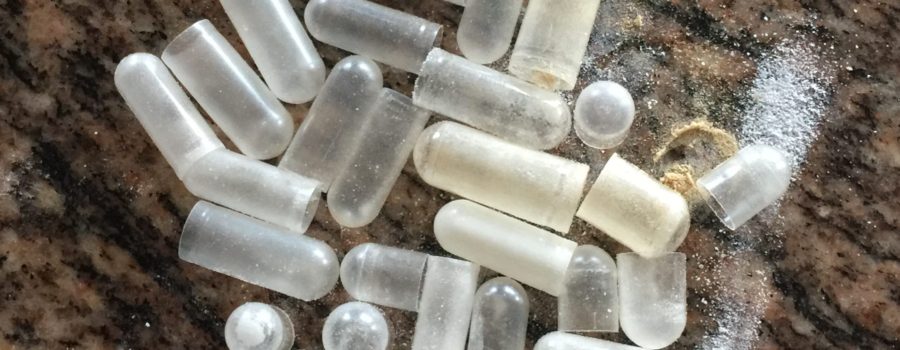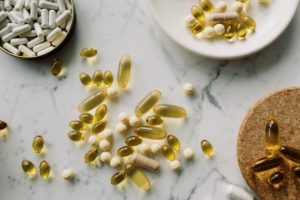The Probiotic Strains and Their Capsule Shells
As I finished my medical literature review regarding the probiotics, it’s quite a coincidence that over the last few months, often times even in the news I come across new probiotic studies done by many of the world’s medical institutions. Some of them have promising results, others say that such supplements may not be really worth it.
What I noticed is that most researchers make their own combinations of friendly bacteria strains and use them targeting specific benefits. What it’s not usually specified (probably because it’s considered insignificant), is the type of capsules used to encase the probiotic strains they’re studying. I believe that the capsule material may play a role among the discrepancies and I’ll explain why.
As I talked in a previous post, many of the supplements, probiotics included, are available in cellulose capsules. This usually means, in fact, the semisynthetic cellulose compound called hydroxypropylmethyl cellulose or hypromellose—either term often included in brackets after “cellulose capsule” or “vegetable capsule.”
Their chemical structure is related to carboxymethyl cellulose—an emulsifier found to negatively affect our friendly bacteria, leading to conditions such as colitis or obesity—depending on the genetic predisposition. If the hypromellose can somehow disturb our intestinal useful bacteria, just as the related compound—carboxymethyl cellulose does, this may be the reason why the studies yield inconsistent results; it may also be the reason why some people don’t notice the expected benefits while taking certain probiotic supplements.
There are some claims that the cellulose capsules are superior to gelatin capsules because they are meant to resist stomach acid. But if our diet contained the proper foods, including enough of those with naturally occurring friendly bacteria (such as yogurt, kefir, brined pickles, kimchi and others), we wouldn’t need the supplements. The probiotics we acquire by eating the foods containing them, are naturally resistant to the stomach acid and bile, don’t need any additional protection to get through our intestinal tract and be “dispatched” where they belong. It’s possible that some particular strains may not be, but most of them are. So why do we need the plastic capsules they’re encased in?
Since I don’t want to swallow these semisynthetic plastic capsules anyway, I open them and sprinkle their probiotics content over a small amount of yogurt or kefir. And you know what? They work! The strains I’ve been using for SIBO started to make a difference within a few weeks and I can now tolerate small amounts of certain foods, especially some fruits I love but couldn’t eat for a long time. I shared my improvements with some of my close friends and family members (all of them women with constipation issues). Everybody noticed their symptoms alleviated in a week or two, except for one. That one lady felt it’s so much easier to just swallow the capsules, but when I insisted for her to open them as well, she noticed benefits too.
The probiotic strains considered beneficial for weight loss are not on the current recommendations from physicians because more studies are needed. However, because the mechanisms explaining how the probiotics may help losing weight made sense to me, I encouraged some family members to give it a try, along with a properly balanced diet. I studied the available products quite intensely, looking at their active and inactive ingredients, and picked 5 of them that seemed reliable and safe. I strongly reinforced the same capsule opening technique and the results are spectacular.
One clear change they describe is the lack of hunger in between the meals since taking the probiotics, something that wasn’t possible before while on low calories diet. Now I’m getting a lot of phone calls from their friends who ask if they could benefit from the same regimen, and the answer is probably yes. One word of advice: it’s not inexpensive!
Probiotics can be helpful, but some people may experience serious adverse effects if there are erosive lesions in the gut that would allow the friendly bacteria to get into the blood stream and cause infections. Or if there is decreased immunity from underlying conditions (such as liver or kidney diseases, cancers or their treatments), or any others that a medical professional considers probiotics unsuitable for. In these situations, they wouldn’t count as “friendly” anymore. As I always say, talk to your doctor before embarking on any supplement regimens.
Resources:
https://www.sciencedirect.com/science/article/pii/S2213453015000300
https://nutritionandmetabolism.biomedcentral.com/articles/10.1186/s12986-016-0067-0
https://www.ncbi.nlm.nih.gov/pmc/articles/PMC4425030/



